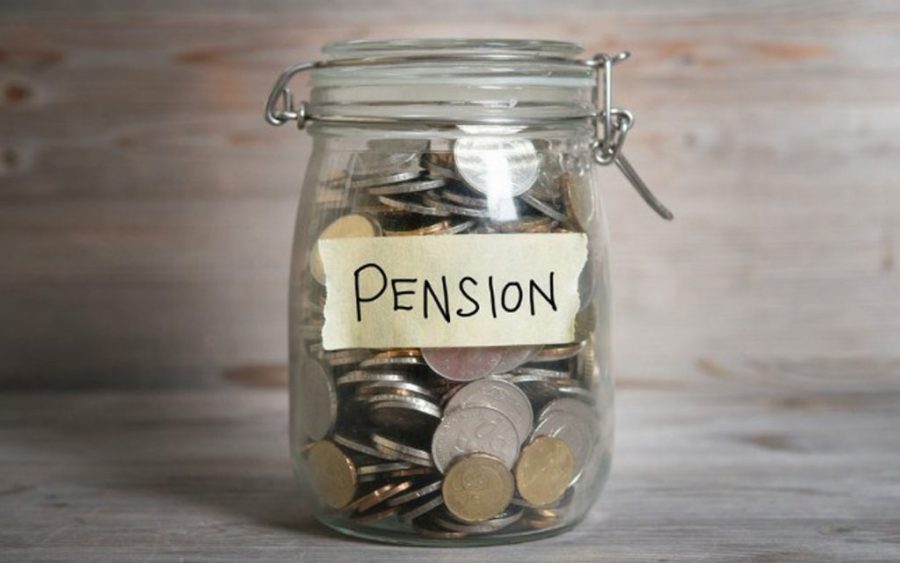All Retirement Savings Accounts in the Nigerian pensions ecosystem ended the 2018 fiscal year in the green. The RSA funds returned between 4.04% and 11.25% to their various investors, translating to an average return of 9.03%, according to analysis by Quantitative Financial Analytics Ltd.
Quantitative Financial Analytics have determined that Premium Pensions Retirement Savings Account generated the highest return of 11.25%, followed closely by Veritas Pensions RSA which returned 11.23%. AXA Mansard Pensions RSA, AIICO Pensions RSA and Legacy pensions RSA all made double digit returns of 11.09%, 10.40% and 10.07% respectively. The rest of the RSA pension funds made single digit positive returns.
Asset Allocation
This is quite a commendable performance when viewed against the back drop that the NSE Pensions Index returned negative 12.49% and the NSE All Share index returned negative 17.81% for 2018. The pension funds were able to out perform the Pensions Index and All Share index because of their little or no exposure to the equities market.
Analysis of the portfolio characteristics of Nigerian pension funds indicate that as at November 30th, 2018, about 80% of pension assets were invested in fixed incomes of different types, raging from Treasury bills, FGN Bond, State Government Bonds to Corporate and Sukuk bonds. Only 7% of pension assets were invested in domestic and foreign equity markets. This overly conservative and risk averse asset allocation strategy seems to have paid off going by the gains made by the pension funds without any recording any losses.
It is known that the performance of any investment portfolio is determined primarily by three major factors:
- The allocation of investments across different asset classes.
- The total returns generated from available investments within each asset class.
- The costs of allocating assets through each investment.
A deeper analysis shows that funds like APT Retirement Savings Account, which generated the lowest return of 4.04% has the highest exposure to the equity market compared to its peers. APT allocated about 18% of its assets to equities while allocating about 30% to bonds. It will be recalled that in years when the equity market out performed, pension funds with higher exposure to equities usually beat out funds.
